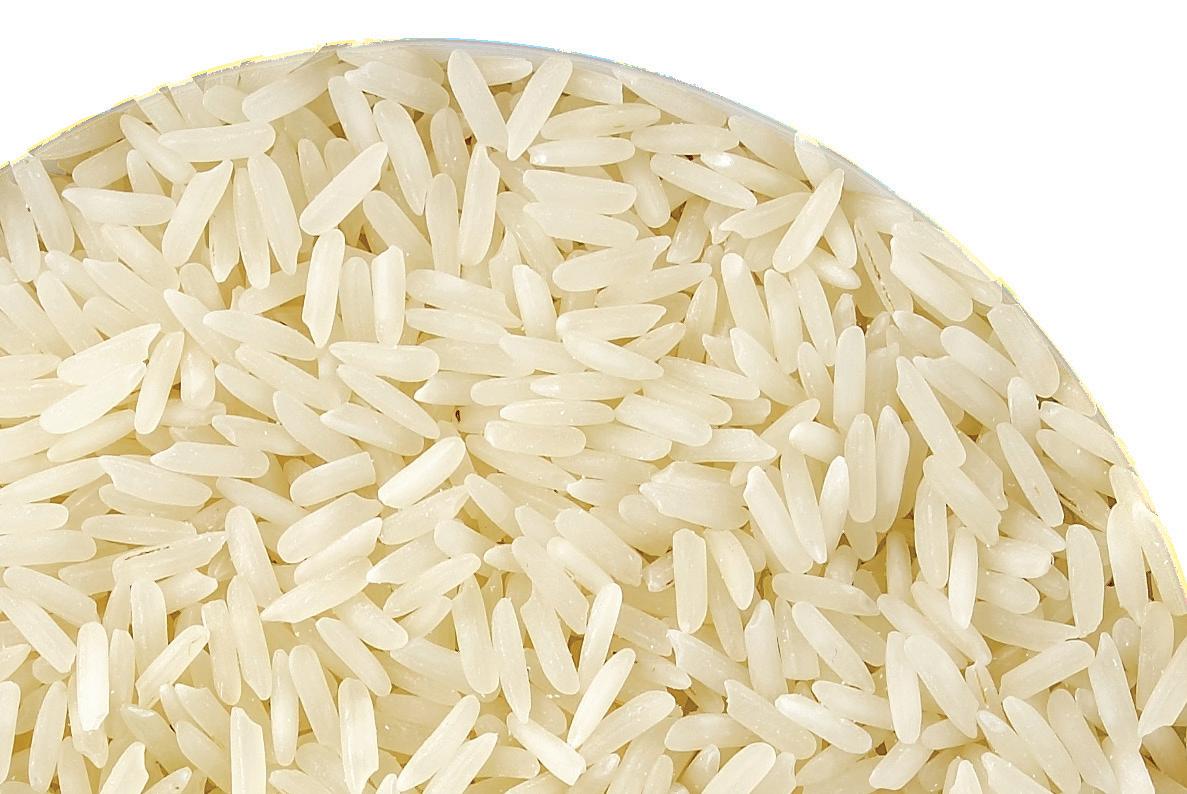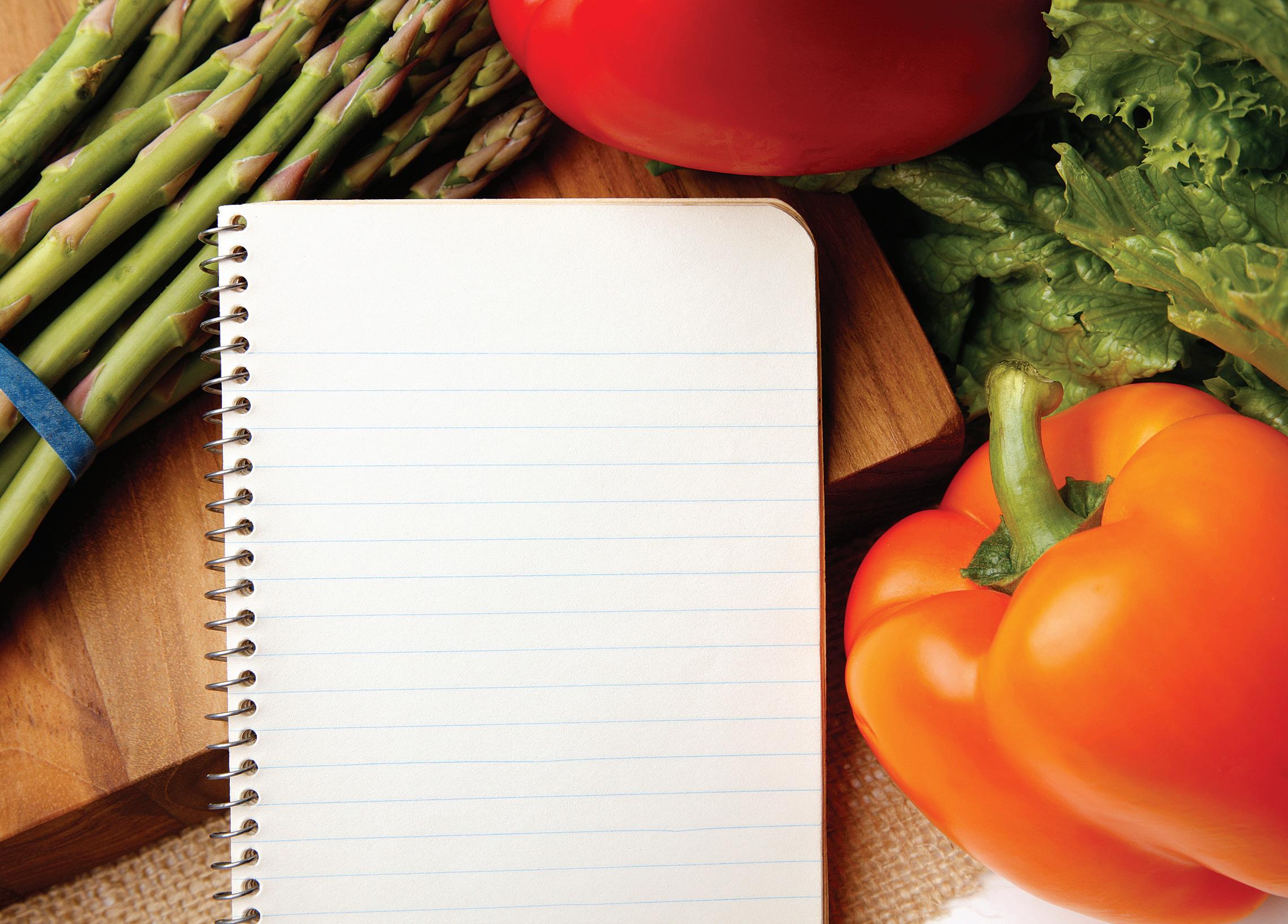...a guide
This resource was written by Dr Janice McConnell, RNutr (public health) Antrim and Newtownabbey Borough Council
Remember, however, the homemade meal is only as healthy as ingredientstheyou choose and the cooking method you use!
(see Reference Guide 9, page 101)
KSection 1 Introduction to the Guide
Using fresh produce from your garden/allotment or from a local market to make homemade meals offers control over sourcing and the variety and quantities of ingredients used. Additionally, fresh produce provides a range of other potential benefits including:
j Increased levels of nutrients
j Less additives
j Lower salt, sugar and saturated/trans-fat levels (if you make careful selections)
j Reduced impact on the environment through carbon emissions (15 times more energy is required to produce processed compared to equivalent raw food)
j Fresher
j Better taste
kMoreover, cooking fresh improves skill levels and provides a great sense of achievement.
This contrasts with prepared packaged foods which tend to be highly processed and high in fat sugar and/or salt.
This resource will take you on a ‘guided tour’ to discover how to use fresh food to produce appetising and nutritious meals for good health!
We need to know what we are specifically trying to achieve to be sure we are heading in the right direction. The eatwell plate opposite provides this information by visually illustrating the basic principles of healthy eating.
The eatwell plate shows how much of what you eat comes from each food group. This includes everything you eat during the day, including snacks.
kJ
Around a third of the food we eat should come from potatoes, bread, rice, pasta and other starchy carbohydrates. Choose wholegrain varieties whenever you can.
Some milk and dairy foods. Choose lower fat options whenever possible or eat higher fat versions infrequently in smaller amounts.
SO TRY TO EAT…
Plenty of fruit and vegetables, at least 5 portions per day.
Beans, pulses, fish, eggs, meat and other proteins. Try to eat more plant-based proteins and include oily fish with some meatfree days.
Only use oil in small amounts. Food and drink high in fat, salt and/or sugar are not needed in a healthy diet
Prepare and cook nutritious food
Eat healthily
Experiment with what you generally like to eat - trying different combinations and adding new foods!
The recipe templates in Section 2 of this guide provide a practical framework for recipe development based on the healthy eating principles demonstrated in the eatwell plate (page 7). Key features of this approach include being able to use what fresh produce you already have at home, or simply what is in season. This concept allows flexibility, taking account of preferences.
WHAT’S IN THE RECIPE TEMPLATES?
zDescription of base starchy carbohydrate, nutritional profile, and guidance on how to cook it.
L‘Stir’ the creative process within a healthy eating framework.
Recipe examples to use and adapt.
S Suggestions for alternative (or additional) ingredients eg. vegetables, protein sources, herbs and spices that may be used based on preferences or to add variety - getting you started in the creative process.
Food waste is a major problem in relation to fresh food ( Section 3). For this reason we have added a section which provides a Food Smart Plan to help you to make the best use of all your fresh produce. This makes sense nutritionally and economically.
A full range of useful reference materials have also been included ( Section 4) to compliment the recipe templates. These guides will help you at a practical level to successfully negotiate the ‘path’ to sustainable healthy eating!




































